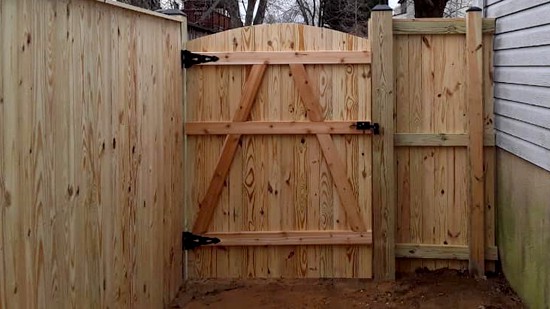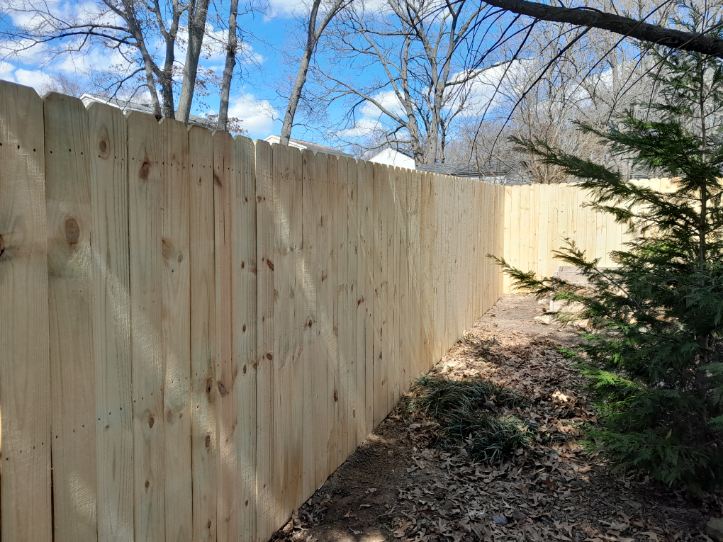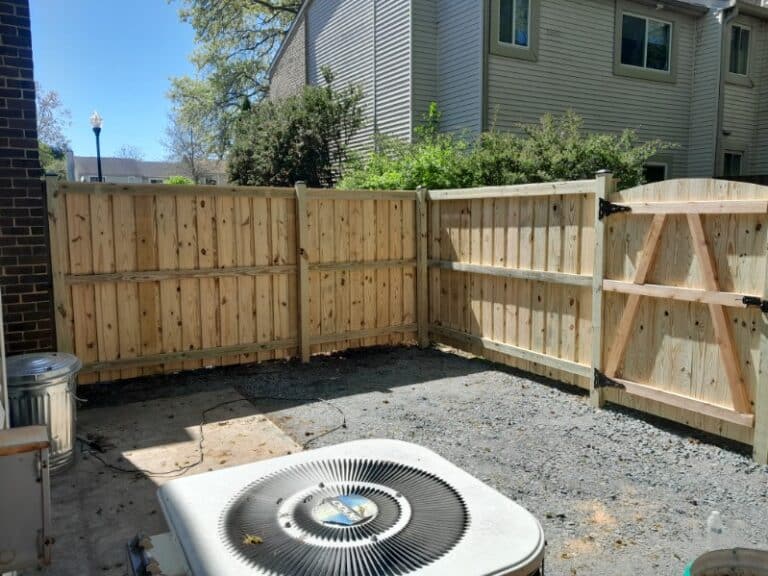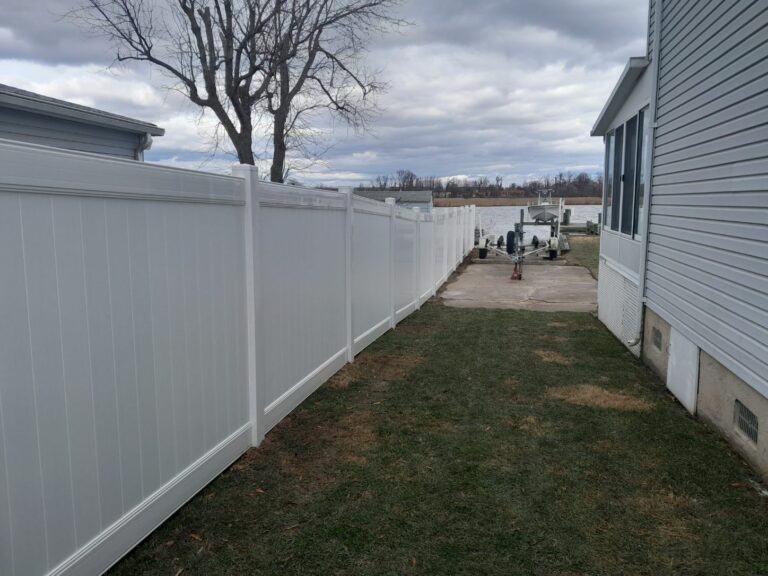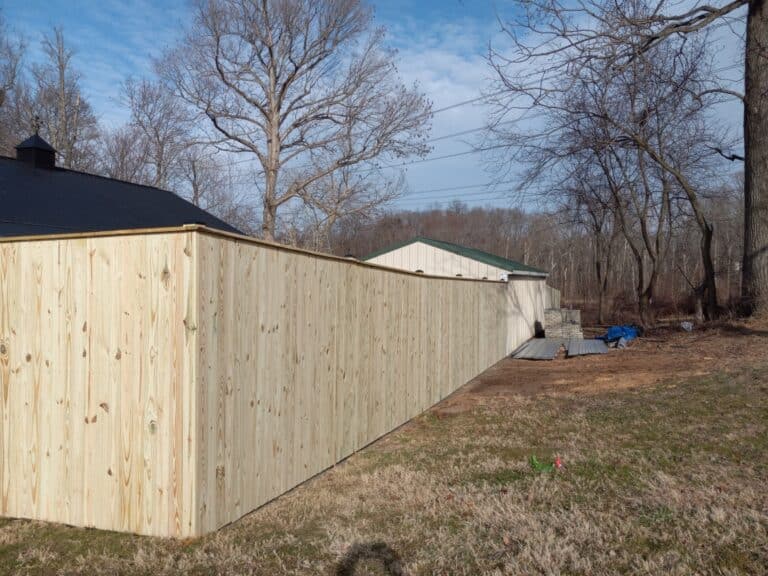A gate lock is a great way to secure your fencing and provide peace of mind. Not all locks are created equal. Which one should you choose for your property? Let’s review common ways to lock a fence gate.
First Things First – Is the Gate Stable and Functional?
Before we can talk about gate locks, we need to address your gate itself. Is it stable, functional and reliable? Could someone easily hop the gate or pull it off the hinges? If so, you need to address those functional concerns before tackling the security issues. A lock isn’t going to be much good if the gate itself is falling apart.
Different Ways to Lock a Fence Gate
The style of fencing and gate that you have will determine how to best lock the gate. There are many options to choose from, and you may benefit from using more than one.
- Gate latch – Most fences will have some sort of gate latch connecting the gate to the rest of the fencing. This is the first step in locking the gate, but you’ll need an additional lock to officially secure it. It’s easy to open most gate locks, even if they hold the gate firmly in place.
- Sliding bolt or barrel bolt – A sliding bolt has a bolt on one end and a tunnel on the other. The bolt slides into the tunnel to secure the gate. This can provide decent protection, as long as there is not too much room between the gate and the fence.
- Carabiner – A carabiner can keep the gate latch from slipping open. It works well for keeping pets from escaping, but humans can open them without much effort. If you want maximum security, this isn’t the best option. It is, however, one of the cheapest.
- Pad lock – Most gate latches have holes for a pad lock or carabiner to go. This keeps the latch from opening when the lock is in place. There are varying levels of pad locks, so you can choose what works for your budget and security needs. Some have a wide loop that could be cut with a lock cutter, but the ones with the small loops may be difficult to get around the gate latch. You may need to try a few different options to find the right fit.
- Hook and eye – Hook and eye locks aren’t terribly common on fences, but they can work in a pinch. The eye sits on one side and the hook hangs on the other. When the gate is shut, the hook goes into the eye to keep the gate in place. This can be easily knocked loose, so proceed with caution.
- Chain with a lock – This is most common on chain link fences or gates for perimeter fencing. The chain connects two gates together, and then a lock secures the two ends of the chain. This will only work if there is enough room around the edge of the gate to wrap a chain through.
- Bolt in the ground – If the gate goes over a hard surface, you could drill a hole in the ground and use a long bolt to lock it into place. This isn’t reliable on grass, dirt or gravel, but it works well for gates over driveways.
Most residential fences have a gate latch with a pad lock on top. There are more secure options available, but that is the most popular choice for homeowners. It’s relatively affordable, easy to manage, and easy to switch out in the future.
Why Won’t My Fence Gate Latch?
If you have a gate latch that isn’t latching properly, chances are the gate is misaligned. You may need to adjust the positioning of the latch or the gate to get everything to align correctly. Call All Around Fence to schedule a quote consult or learn more about our fence installation services.

